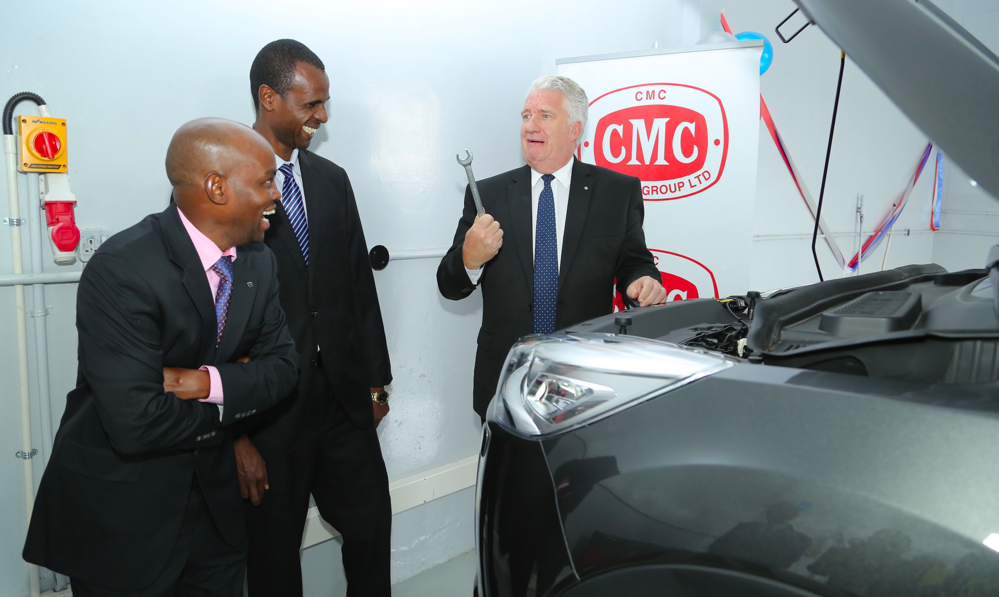It has been a difficult journey, and one we could never have undertaken without our customers’ patience and support, but we have now reached a position where there are zero Boeing 787 aircraft on the ground (AOG) due to Trent 1000 durability-related issues.
While we pause to thank both our customers and our own teams for their efforts in reaching this milestone, we remain focused on working with every Trent 1000 customer to ensure their 787s can continue to support their COVID-19 recovery plans.
This achievement means that we have met and exceeded our own commitment to reduce AOGs to single digits by the end of Q2 this year, as confirmed in our trading statement issued on July 9.
Chris Cholerton, Rolls-Royce, President – Civil Aerospace, said: “We have been intensely focused on addressing the Trent 1000 issues that have caused unacceptable disruption to our customers. We deeply appreciate the understanding and cooperation of our customers who have been impacted by this situation for a long time.
“Reaching zero AOGs is an important milestone for us and our focus will be sustained to help our customers return aircraft to regular service as they recover from the impact of COVID-19, and to complete the fitment of upgrades throughout the fleet. This will deliver the performance that we and our customers expect.
“I know that reaching this point this has required incredible dedication and teamwork throughout our organisation, and I want to thank everyone who has played a part in turning this situation around.”
Looking forward, Rolls-Royce is taking its levels of Trent 1000 customer service further through a variety of measures.
Firstly, we have increased spare engine availability – most of our customers now have additional engines in their fleets, giving them more flexibility and security against operational disruption.
We are also continuing to progress the introduction of our technical solutions – all of which have been designed and tested on a fast-track basis – into the Trent 1000 fleet to make it more durable in service. These modifications include the Intermediate Pressure Turbine (IPT) blade, Intermediate Pressure Compressor (IPC) blade and High Pressure Turbine (HPT) blade.
An improved IPT blade is available for all Trent 1000 engine packages and has been incorporated into more than 99 per cent of the flying fleet.
Redesigned IPC blades are being incorporated into Trent 1000 TEN and Package C engines, with the Package B redesign becoming available in Q4 2020. The IPC blade roll programme is slated for completion by the end of 2021 on Trent 1000 TEN and Package C.
Enhanced HPT blade designs are available for the Package B and C, and over 50 percent of that fleet has been brought up to the new standard. The remaining enhancement modification required on the Trent 1000 TEN, the final durability issue to be fixed, is currently undergoing an endurance test following a rigorous root cause investigation and design process.We are now over three-quarters of the way through this test and remain on track for its incorporation into the fleet by the end of H1 2021.
Reducing the number of AOGs has also challenged Rolls-Royce to come up with innovative new services, all of which will now become part of normal operations.
For example, airline engineers have been trained remotely to perform some Trent 1000 inspections by their Rolls-Royce counterparts using Librestream digital visualisation technology. Prior to COVID-19 travel restrictions Rolls-Royce would have sent an Inspector to the airline to perform the task or the airline would have sent their engineers to Derby for training. The ability to continue performing these inspections allowed a number of our customers to avoid AOGs and is changing the way we support our customers.
Moving forward we are looking at training customers remotely to use Librestream to carry out other engine inspections, giving airlines greater operational flexibility.
The learning and improvements that Rolls-Royce has discovered in addressing this issue will be incorporated right across its business, making it more agile and responsive for customers going forward.



